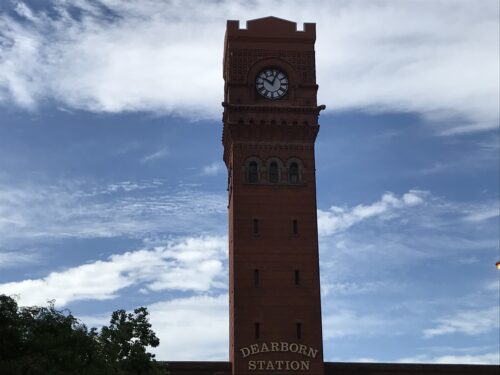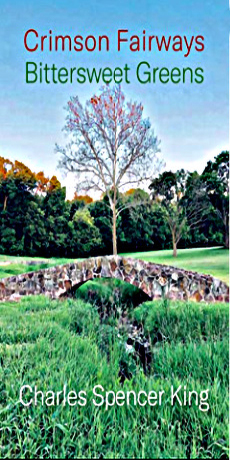
By Bob Glaze
Chicago’s South Loop is found immediately south of W. Congress Pkwy. or Ida B. Wells Drive. It is an historic neighborhood that includes the officially designated landmark Printing House Row District. The neighborhood also includes Dearborn Station, which is also on the National Register of Historic Places. It is a fun area to explore. I recommend that you walk and just focus on the beautiful architectural details that are everywhere.
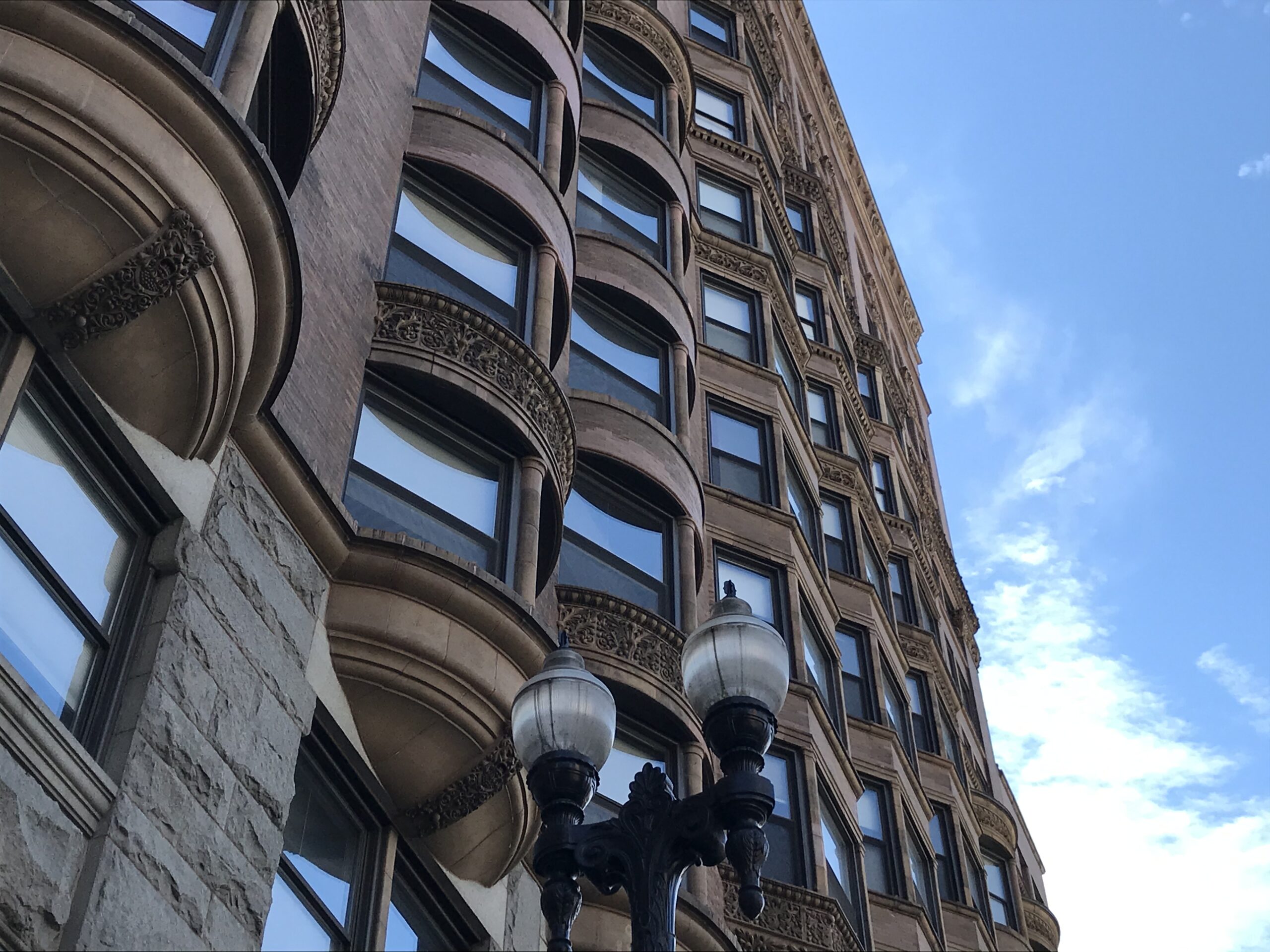
Chicago’s South Loop
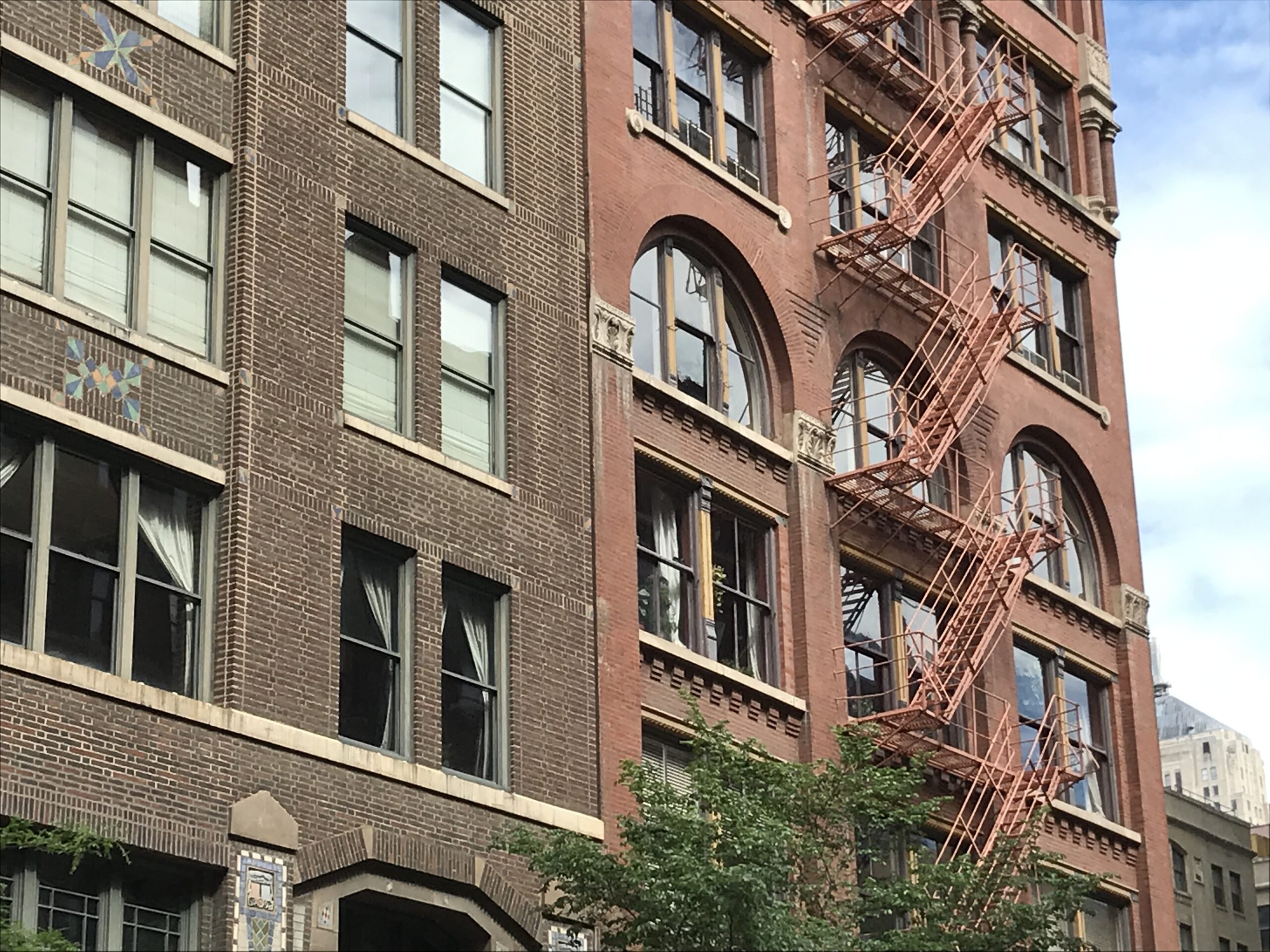
Chicago’s South Loop
This was once an area where many of the buildings were used by printing and publishing businesses, that printed mail order catalogs, like the R.R. Donnelley Company which owned the Lakeside Press Building at 731 S. Plymouth Ct.
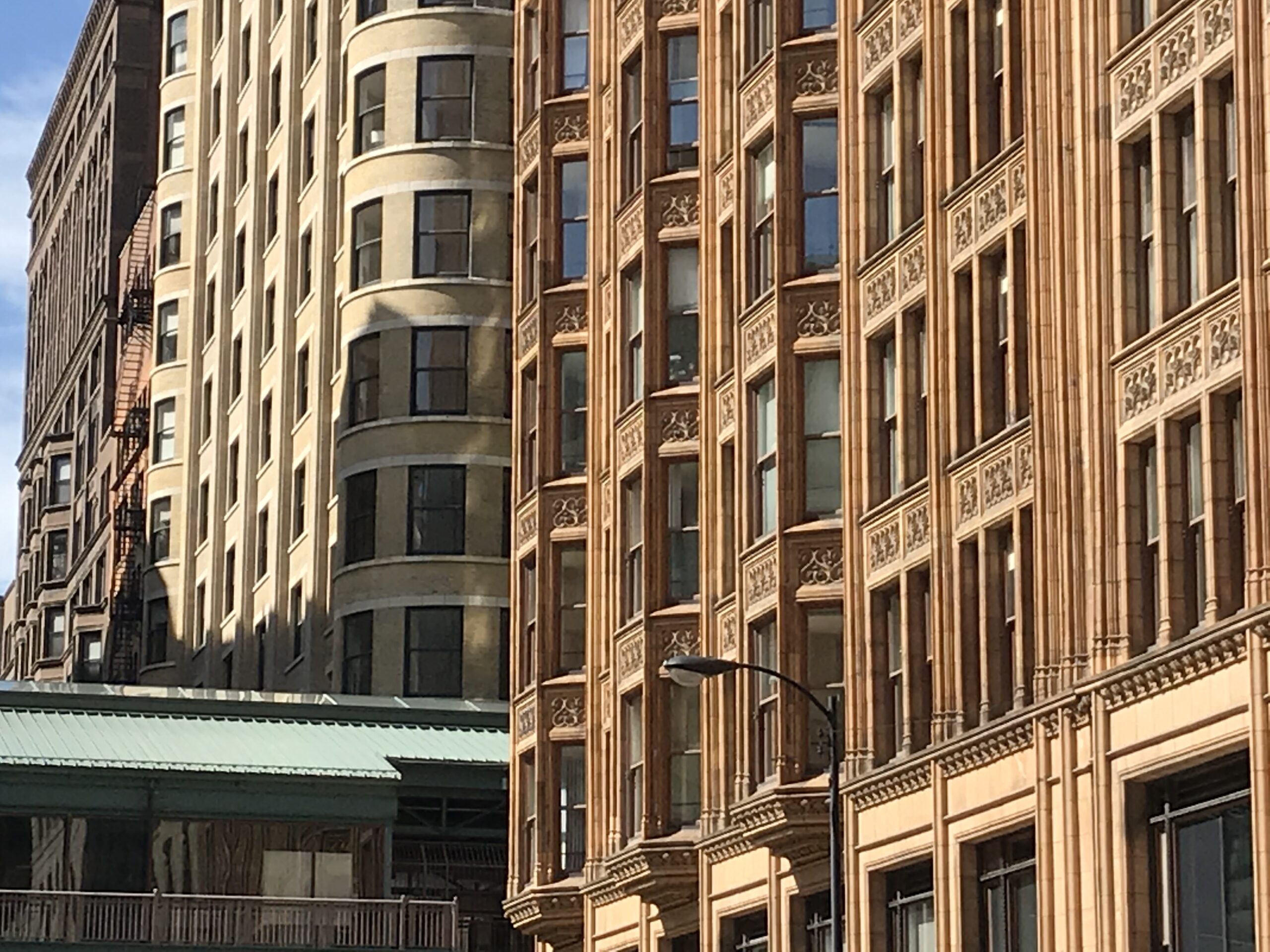
Chicago’s South Loop
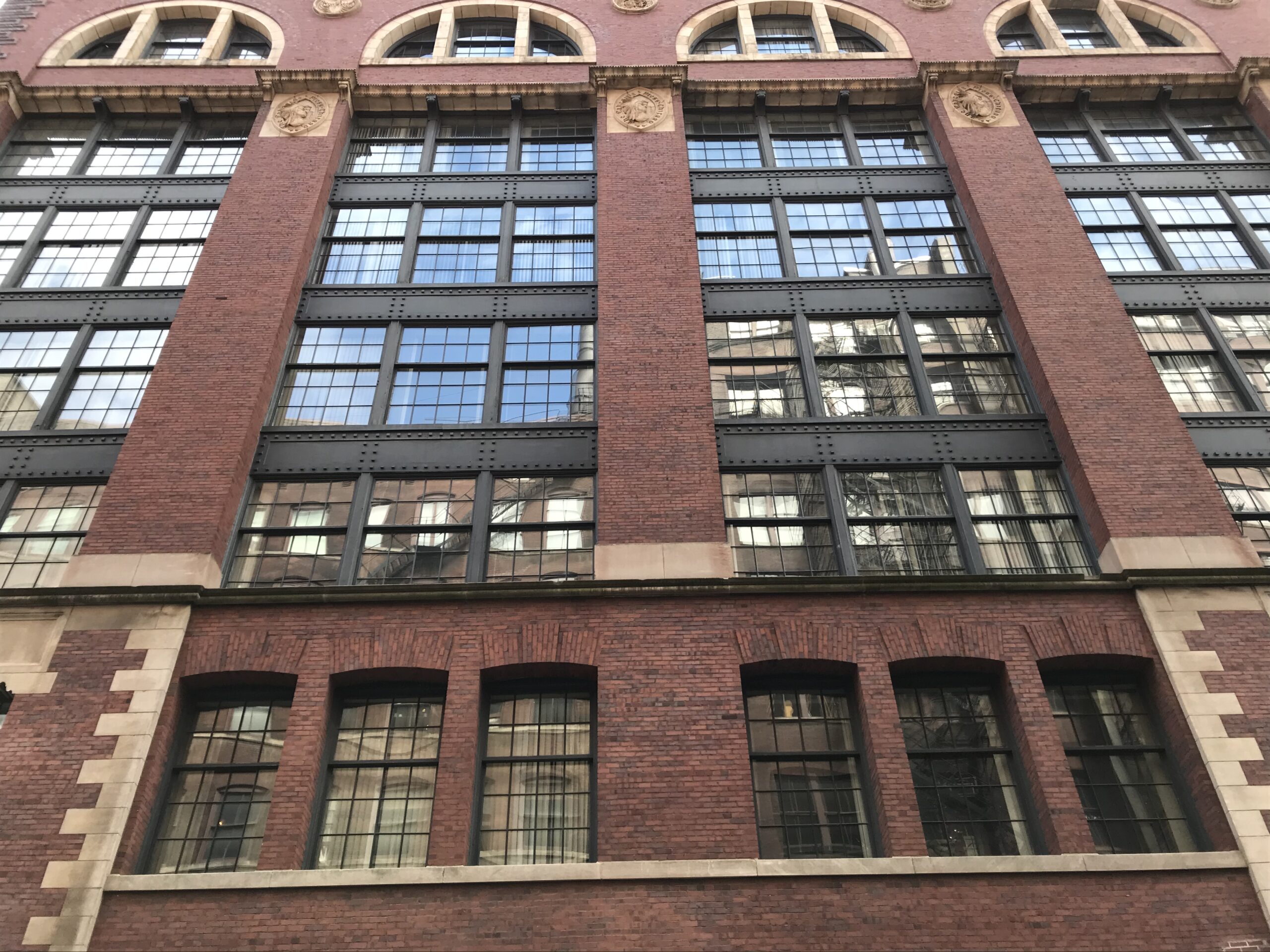
Chicago’s South Loop
Today, the buildings have mainly been converted into residential lofts along with restaurants, bars, shops and other services.
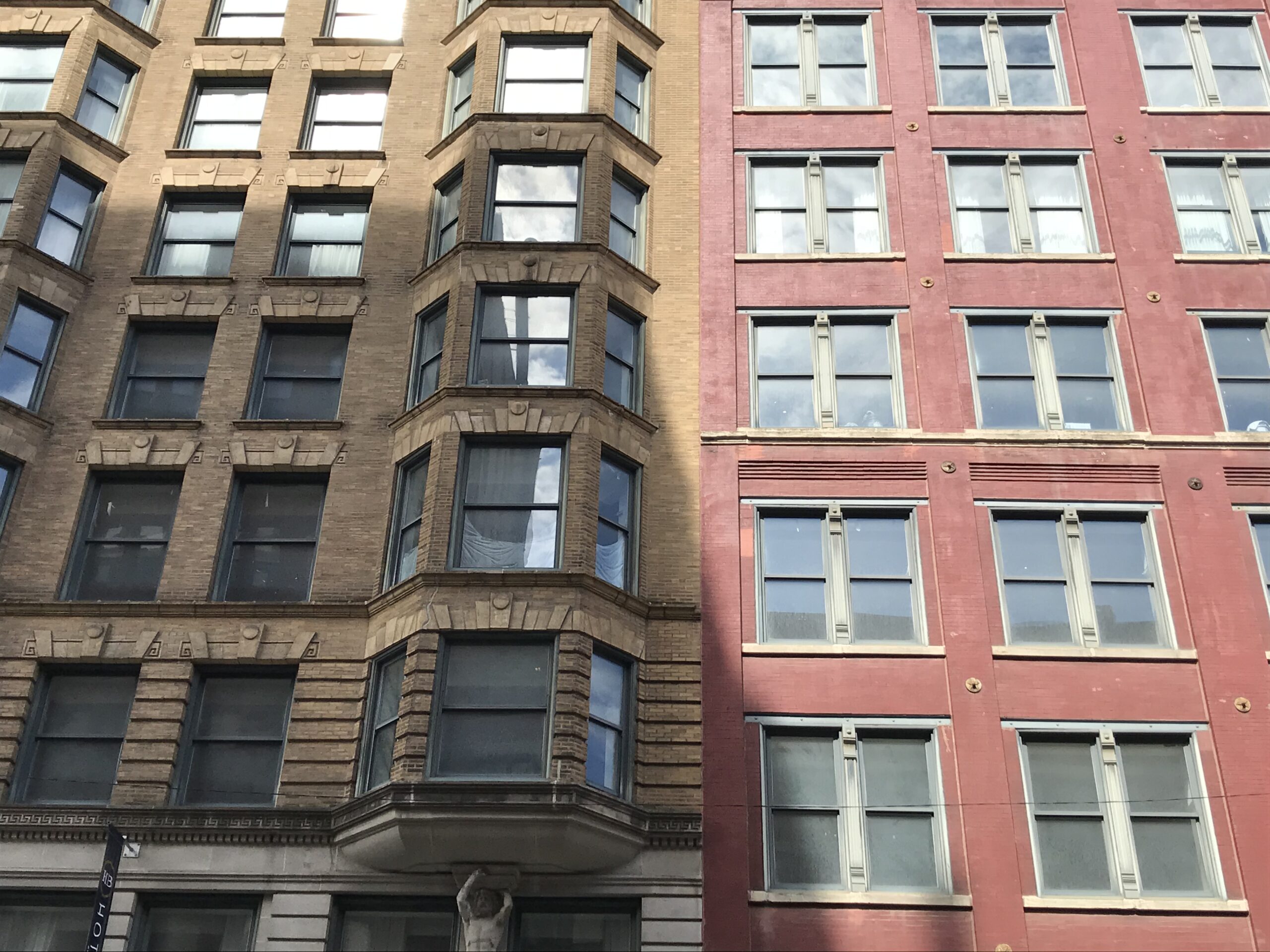
Chicago’s South Loop
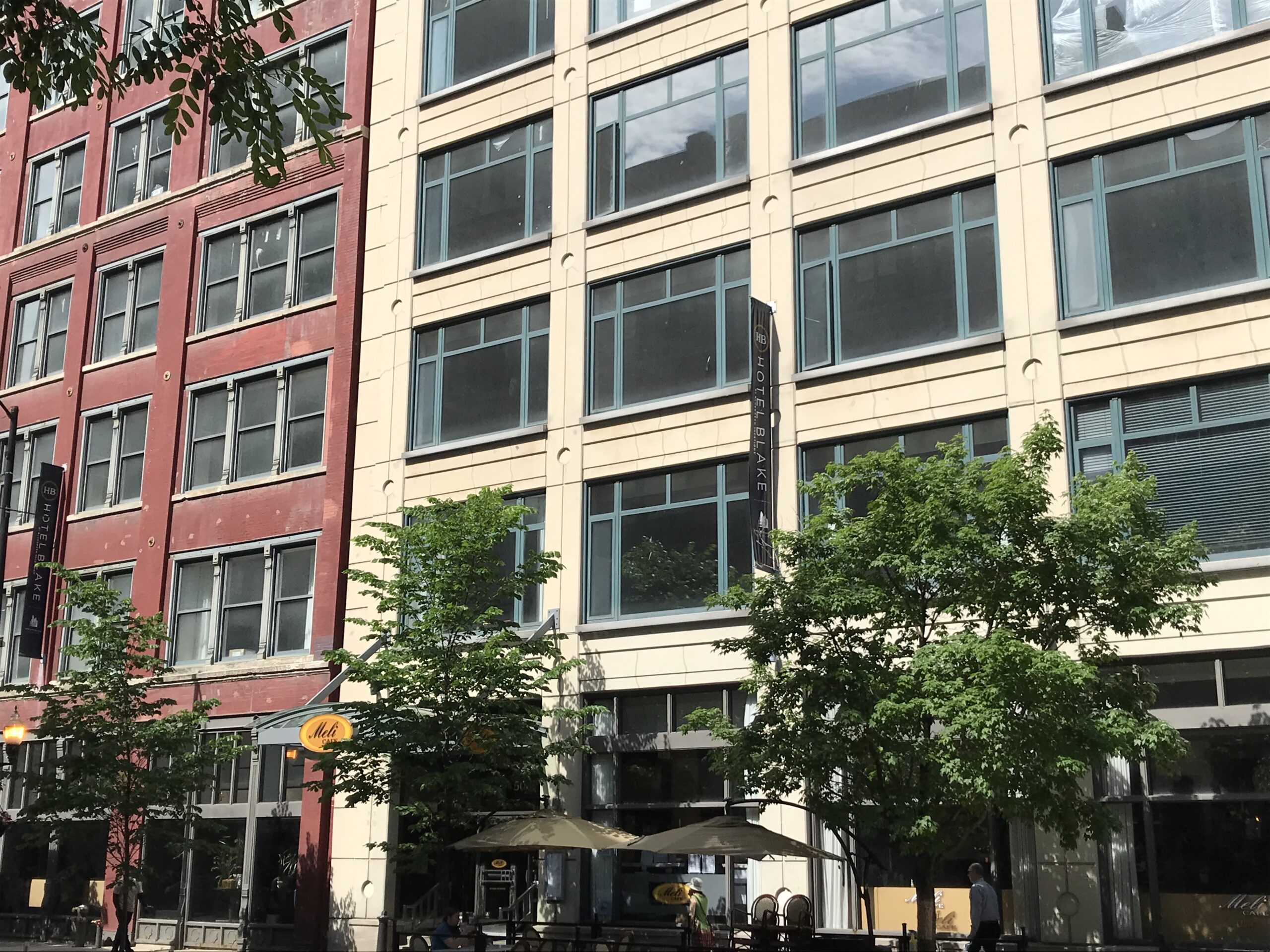
Chicago’s South Loop
Located in the Printers Row neighborhood in Chicago, The Printing House Row District is a National Historic Landmark District encompassing four architecturally important buildings on the 300 through 500 blocks of South Dearborn, South Federal and South Plymouth streets. It was listed on the National Register of Historic Places and a National Historic Landmark in 1976. The district was designated a Chicago Landmark on May 9, 1996. The district includes the Manhattan Building, the Fisher Building, and the Old Colony Building.
According to Wikipedia, “each of these buildings is significant for its architecture and/or for advances in skyscraper construction methods in the 1880s and 1890s.”
The Manhattan Building was built between 1889-91 to a design by William Le Baron Jenney. At 421 S. Dearborn, with 16 stories, it was the first skyscraper supported entirely by an internal metal skeleton and was the tallest building in the world at its completion. “The distinctive bow windows provide light into the building’s interior spaces, and the combination of a granite facade for the lower floors and brick facade for the upper stories helps lighten the load placed on the internal steel framework.”
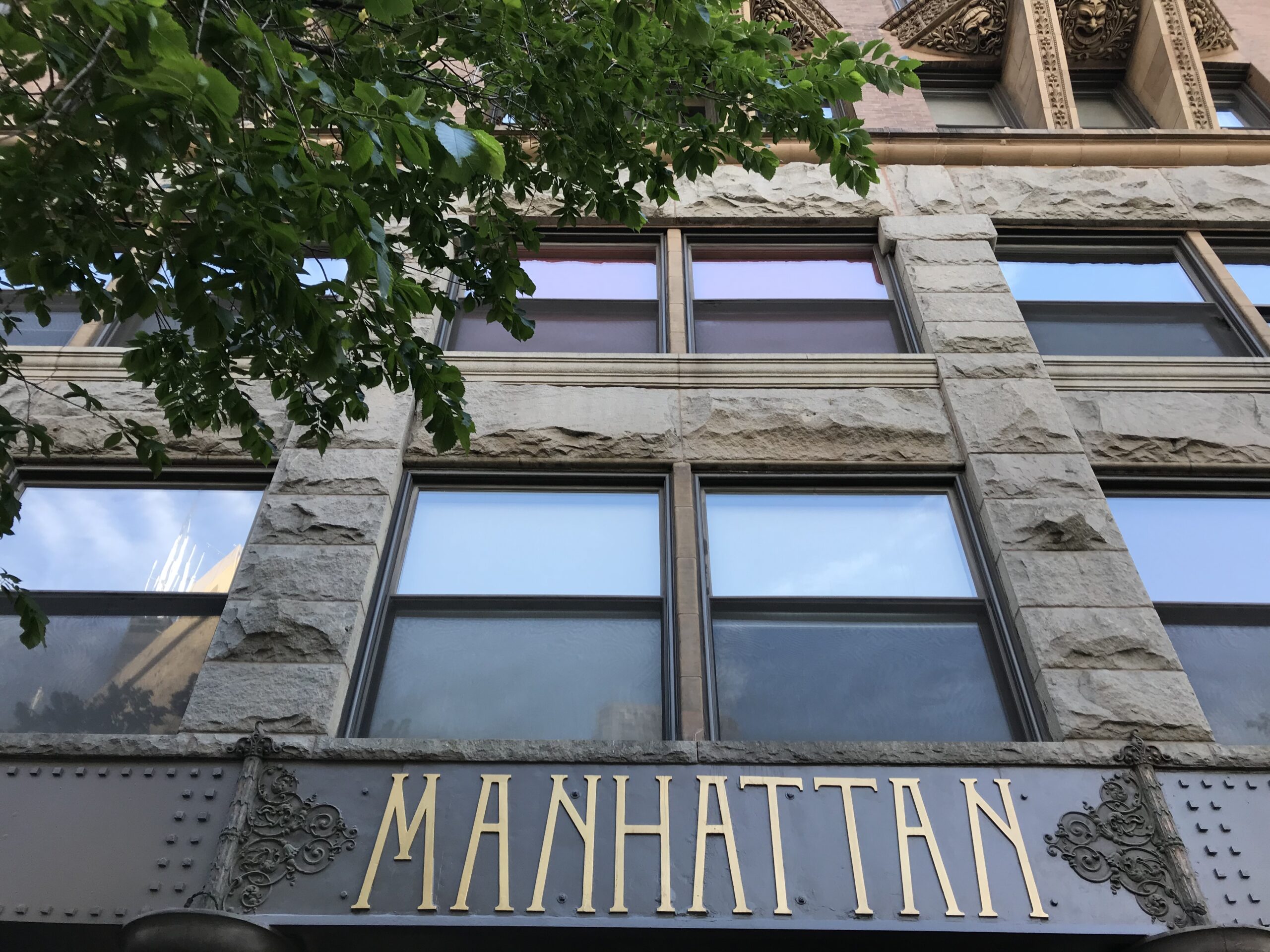
Manhattan Building
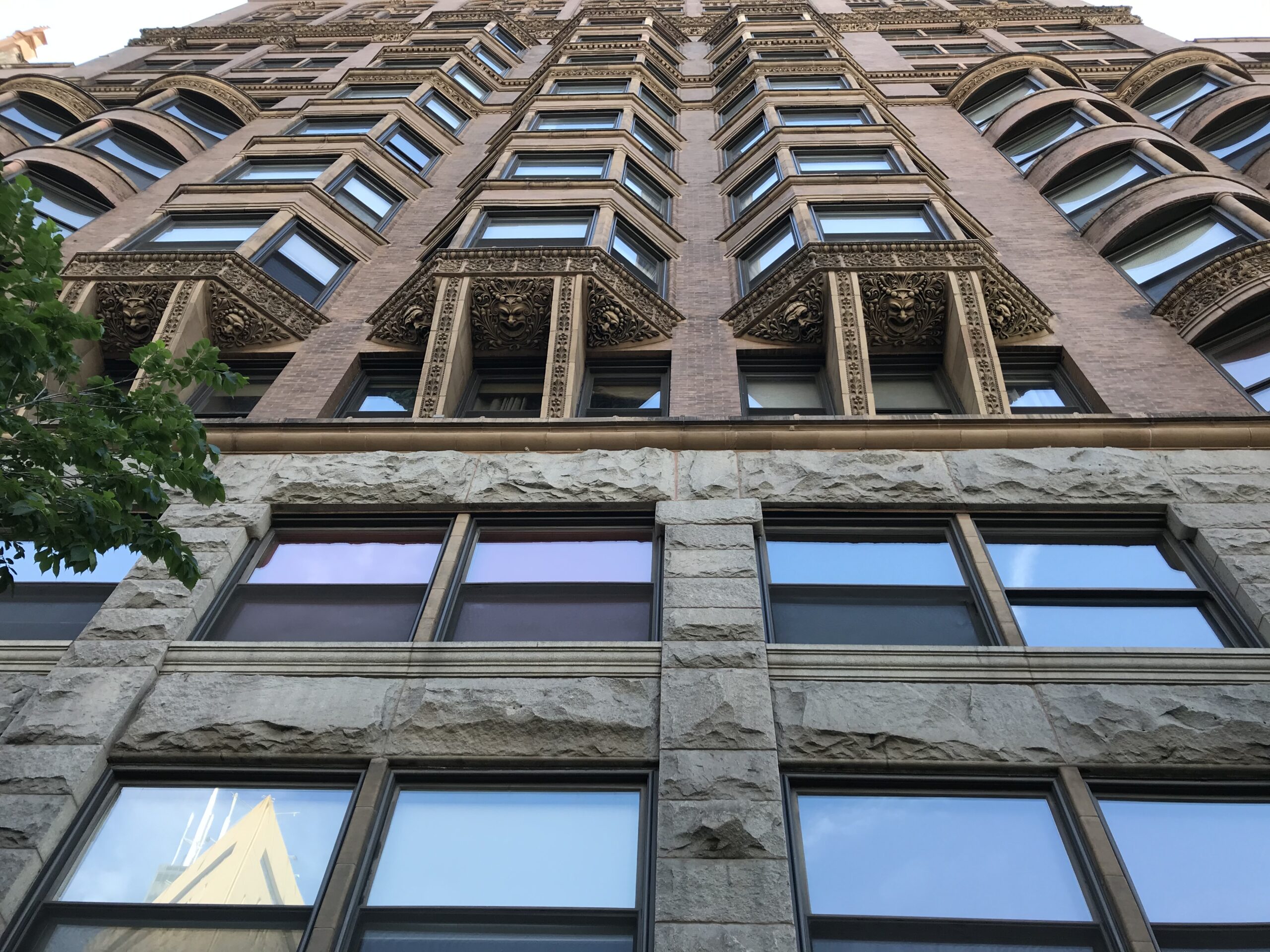
Manhattan Building
“The Old Colony Building, built in 1893-94 to a design by Holabird & Roche, demonstrated a means to build skyscrapers on narrow lots, yet provide sufficient strength to its floors to withstand the operational stresses of printing equipment.” Located at 407 S. Dearborn, it was the tallest building in Chicago at the time it was built. It was the first tall building to use a system of internal portal arches as a means of bracing the structure against high winds. Built as an office building, the Old Colony was converted to an apartment building in 2015. It is also known for its Tiffany mosaic tiles.
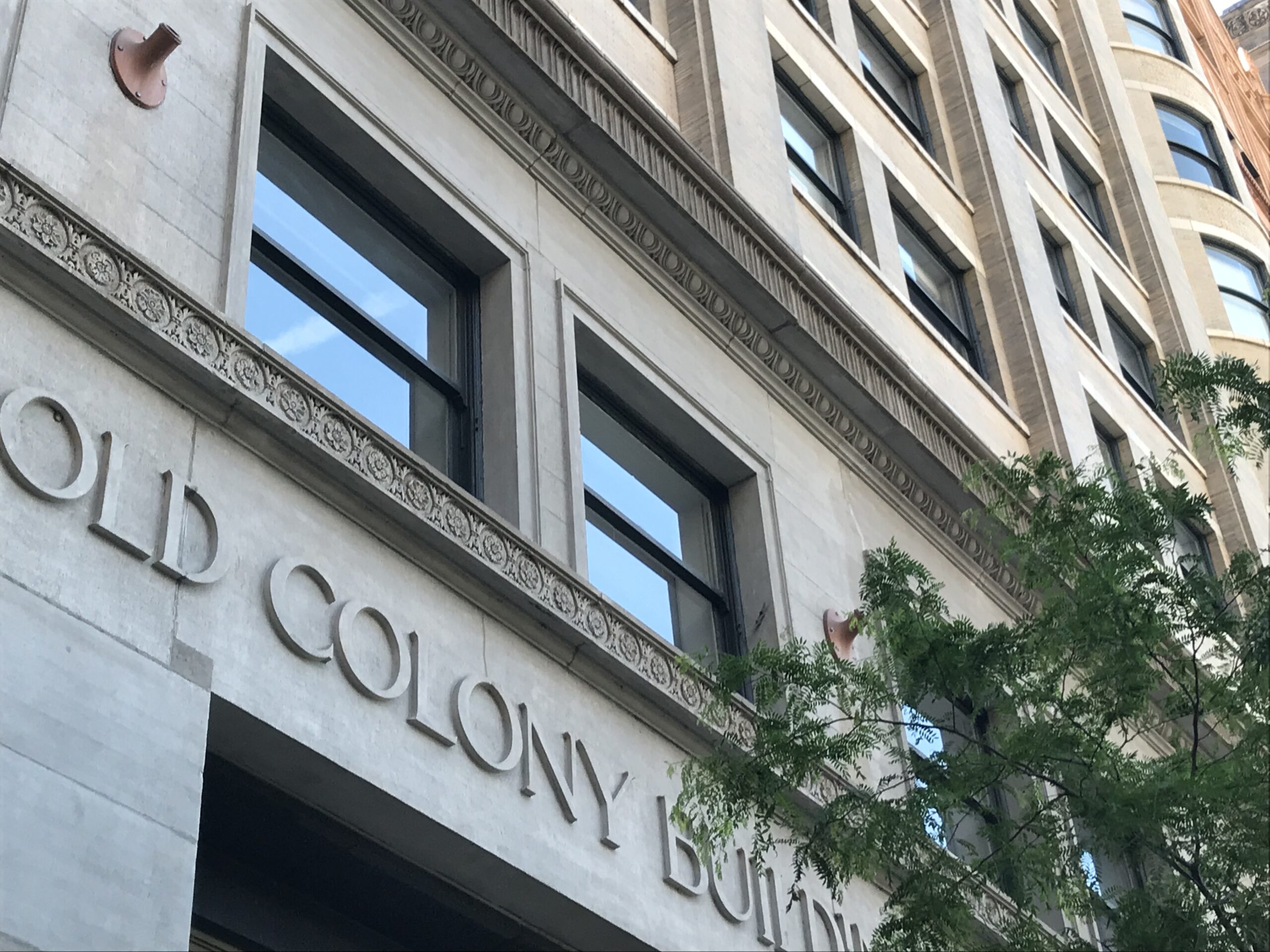
Old Colony Building
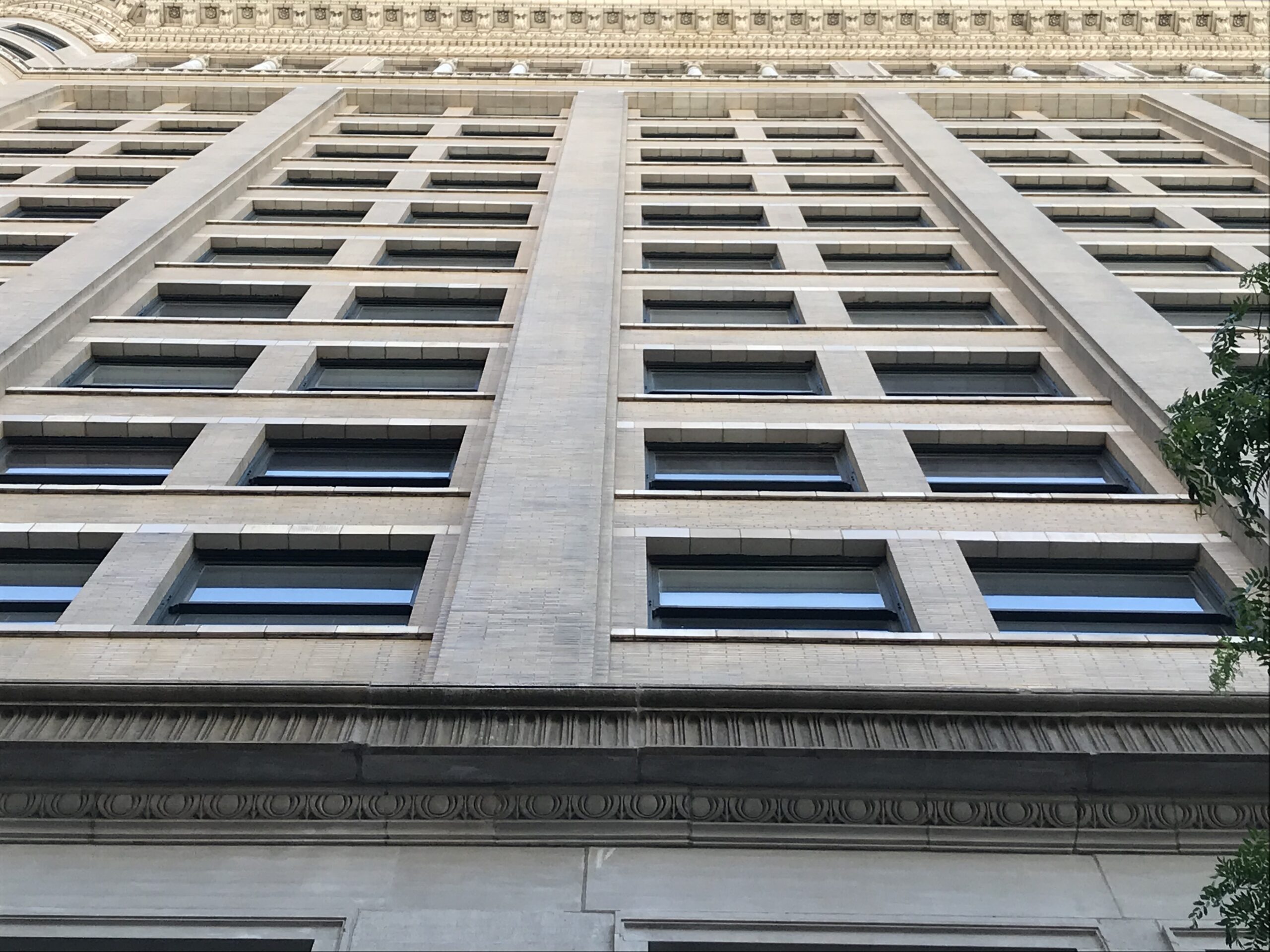
Old Colony Building
The Fisher Building, built in 1895-96 to a design by Charles B. Atwood of the D. H. Burnham & Company, is one of the first buildings to use curtain wall construction. At the time of its completion, the building was one of two buildings in Chicago that was 18 stories or greater. “The Fisher Building features terra-cotta carvings of various aquatic creatures including fish and crabs based on the name of the building. In addition, there are eagles, dragons and mythical creatures depicted on the facade as well. “Currently owned and managed by City Club Apartments, the building houses apartments on floors 3–20 and commercial stores on the first and second floors.” It is located at 336 S. Dearborn.
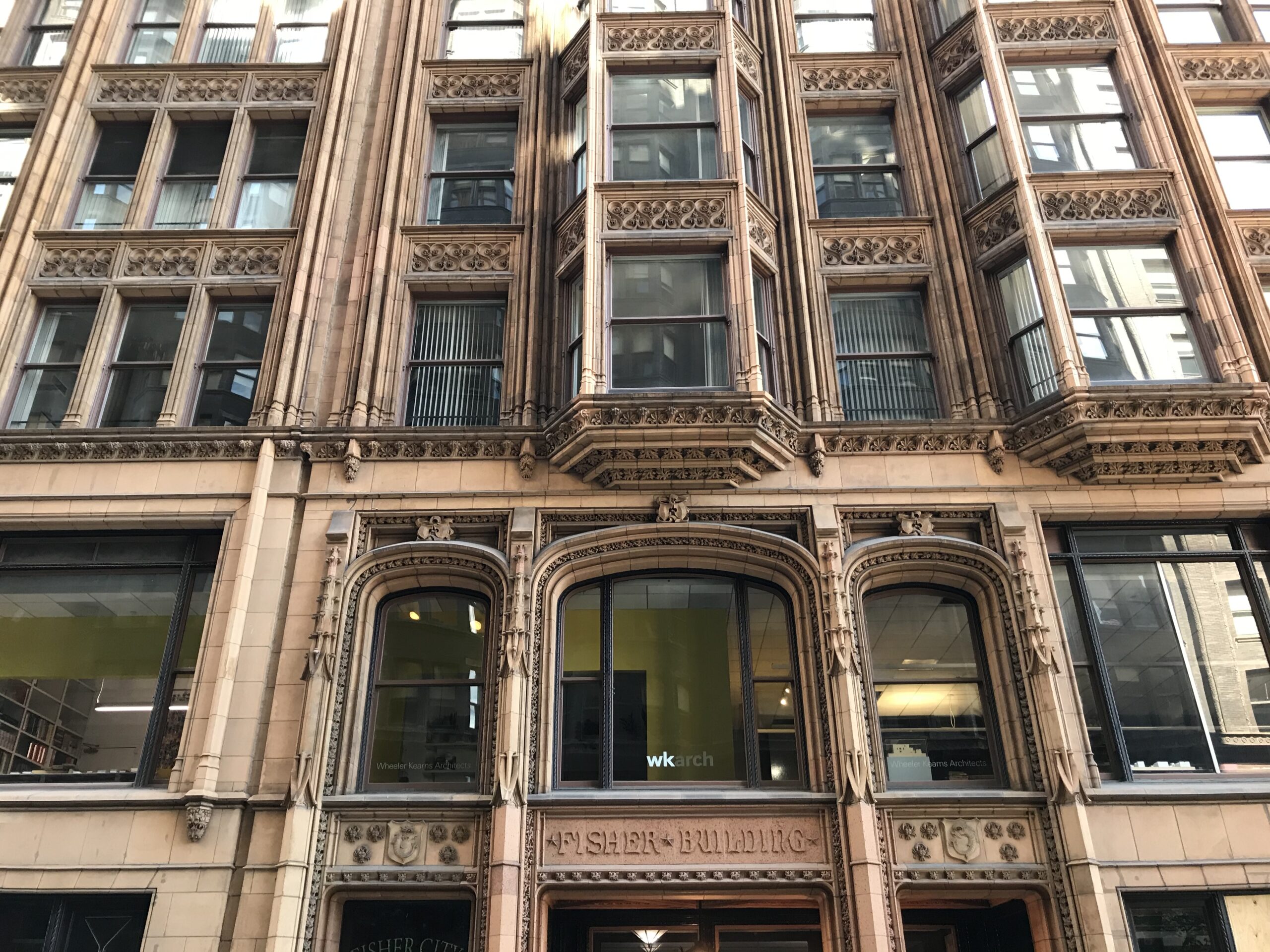
Fisher Building
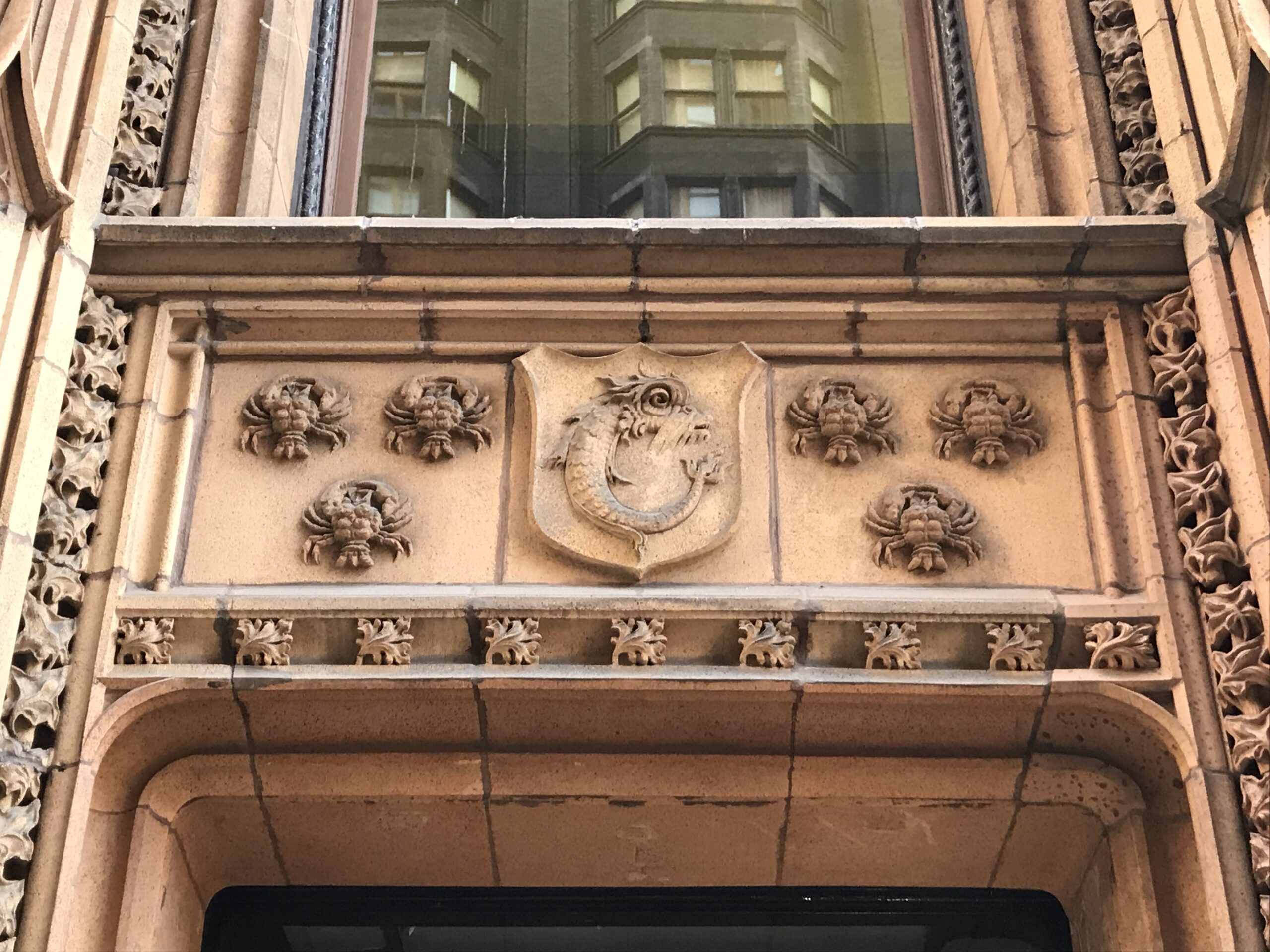
Fisher Building
Just to the south of the Historic District is the Franklin Building, a 14-story brick building on Printer’s Row, located at 720 South Dearborn St. “It was designed by George C. Nimmons for the Franklin Printing Company and built in 1916 following on the company’s previous building at 523 Dearborn, which was constructed in 1886. The current building is an example of Chicago School architecture. Oskar Gross, a painter from Vienna, Austria, did a mural over the main entrance and painted tiles for the building depicting an artist, engraver, typesetter, bookbinder, and other artisans involved in the printing process.” The one over the door features the printing of the Gutenberg Bible.
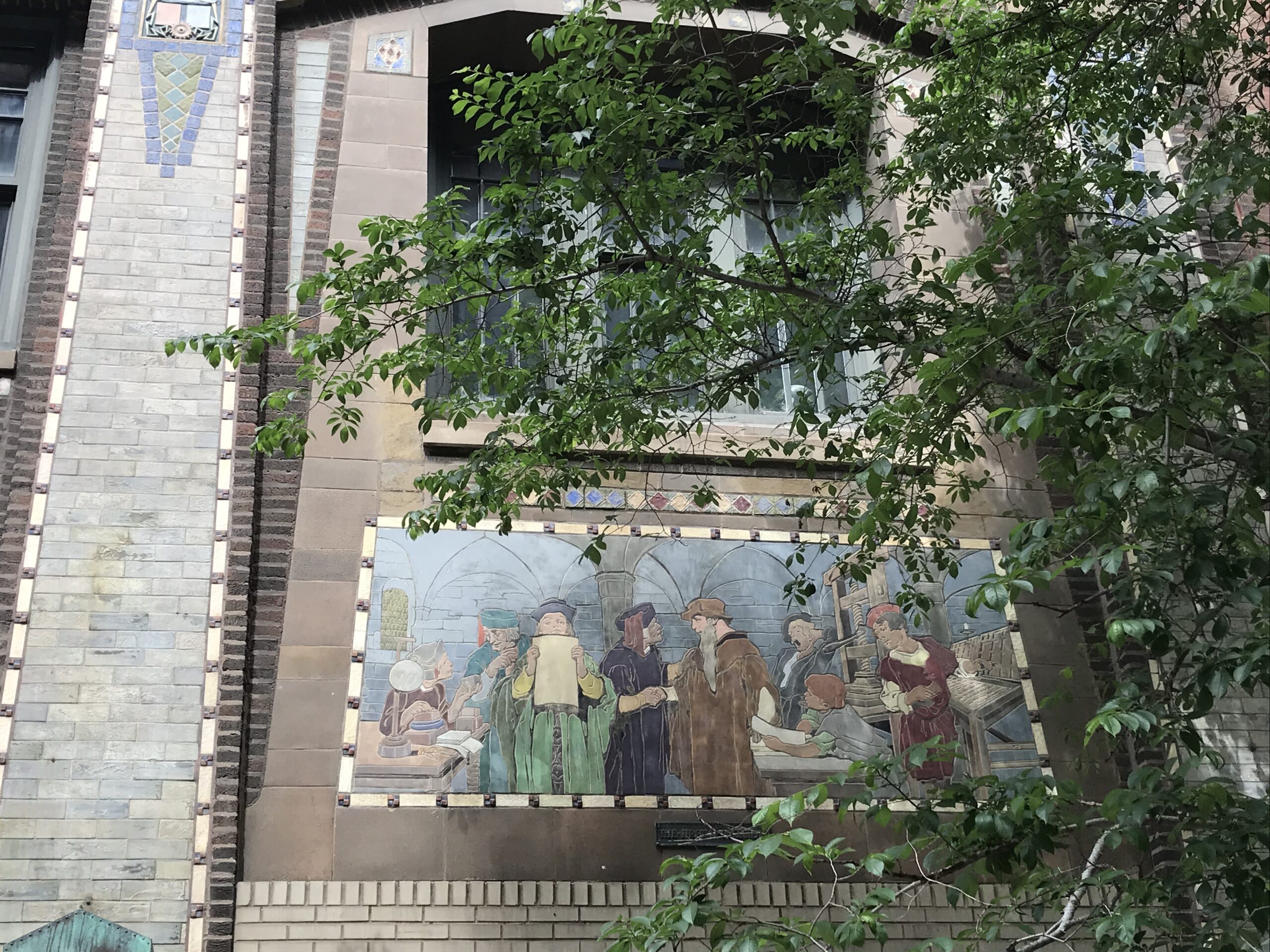
Franklin Building
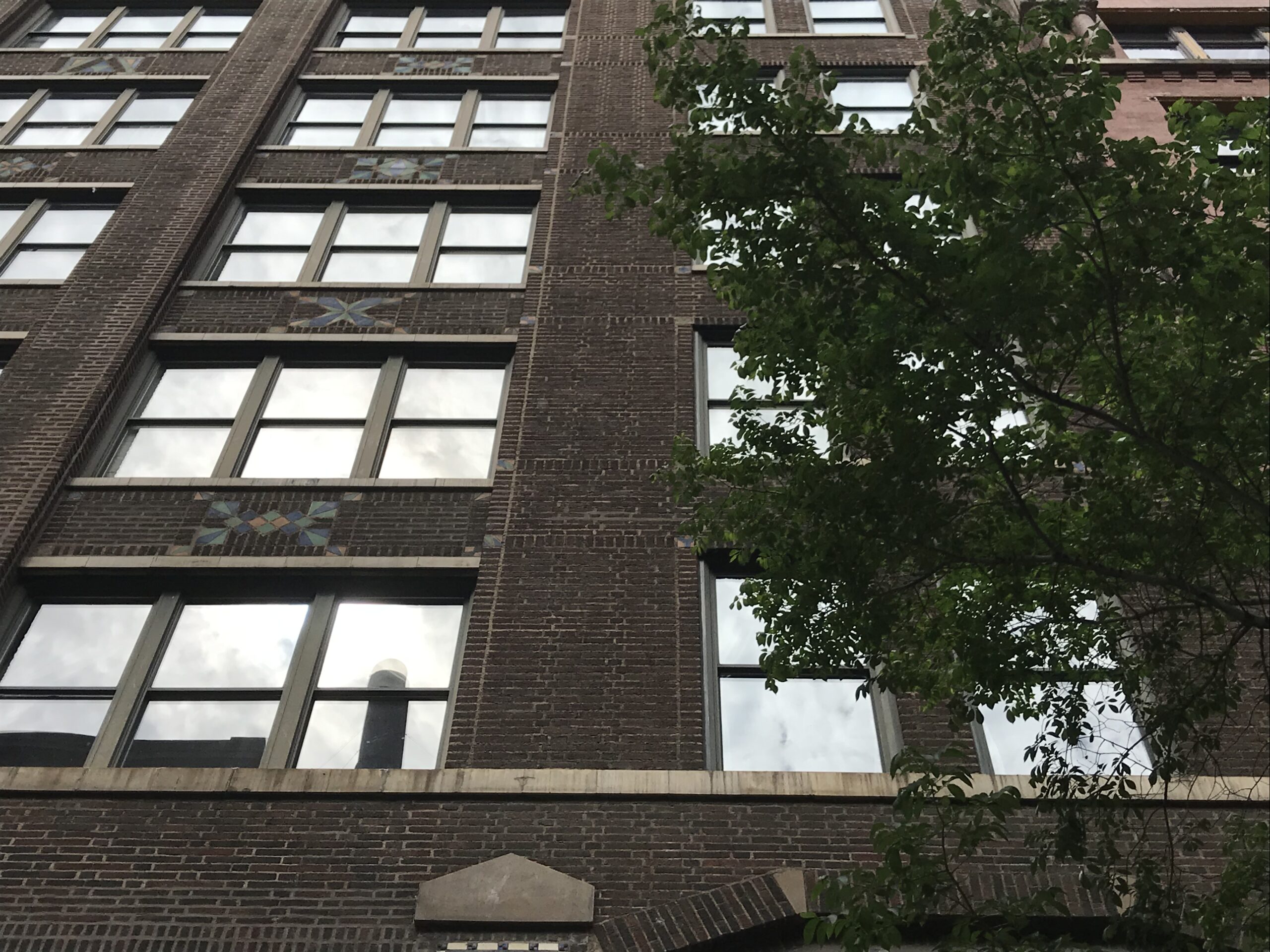
Franklin Building
Another historic property that you much visit is the Dearborn Station, “(also referred to as Polk Street Station) was the oldest of the six intercity train stations serving downtown Chicago. Located at Dearborn and Polk Streets, adjacent to Printers Row, the station was owned by the Chicago & Western Indiana Railroad, which itself was owned by the companies operating over its line.”

Dearborn Station
“The Romanesque Revival structure, designed by Cyrus L. W. Eidlitz, opened May 8, 1885. The three-story building’s exterior walls and twelve-story clock tower were composed of pink granite and red pressed brick topped by a number of steeply-pitched roofs. Modifications to the structure following a fire in 1922 included eliminating the original pitched roof profile. Behind the head house were the train platforms, shielded by a large train shed. Inside the station were ticket counters, waiting rooms, and Fred Harvey Company.
As of 1920 the Dearborn Station served as a terminal for 25 railway lines, serving 17,000 passengers daily on 122 trains. Some of the railroads that served the station included the well-known trains, Atchison, Topeka and Santa Fe Railway, the Chief, Super Chief, El Capitan, and Grand Canyon Limited, the Texas Chief to Galveston/Houston, the Antelope to Oklahoma City; the Kansas Cityan (and its eastbound counterpart, the Chicagoan) to Kansas City and the San Francisco Chief to San Francisco. The last passenger train departed on April 30, 1971.
By 1976, Dearborn Station’s train shed was demolished, and the tracks were removed. The head house building, however, was retained. “The train station stood abandoned into the mid-1980s when it was converted to retail and office space.”
While exploring the area, make sure to check out the following bars and restaurants:
Sociale is a fun bar and restaurant in the South Loop at 800 S. Clark in the historic Printer’s Row. They feature Mediterranean-inspired small plates, wine and cocktails. The lunch menu features a number of salads and sandwiches. I went for the first time and enjoyed it.
In the next block north is Umai sushi bar and Japanese restaurant. I recently went to celebrate my assistant’s birthday. They have a large menu of nigiri and sashimi, undon and ramen, hand rolls and maki along with appetizers, salads, entrees and deserts. I was very impressed with the quality and particularly enjoyed the unagi avo crunchy which was a roll made with eel and avocado. 730 S. Clark
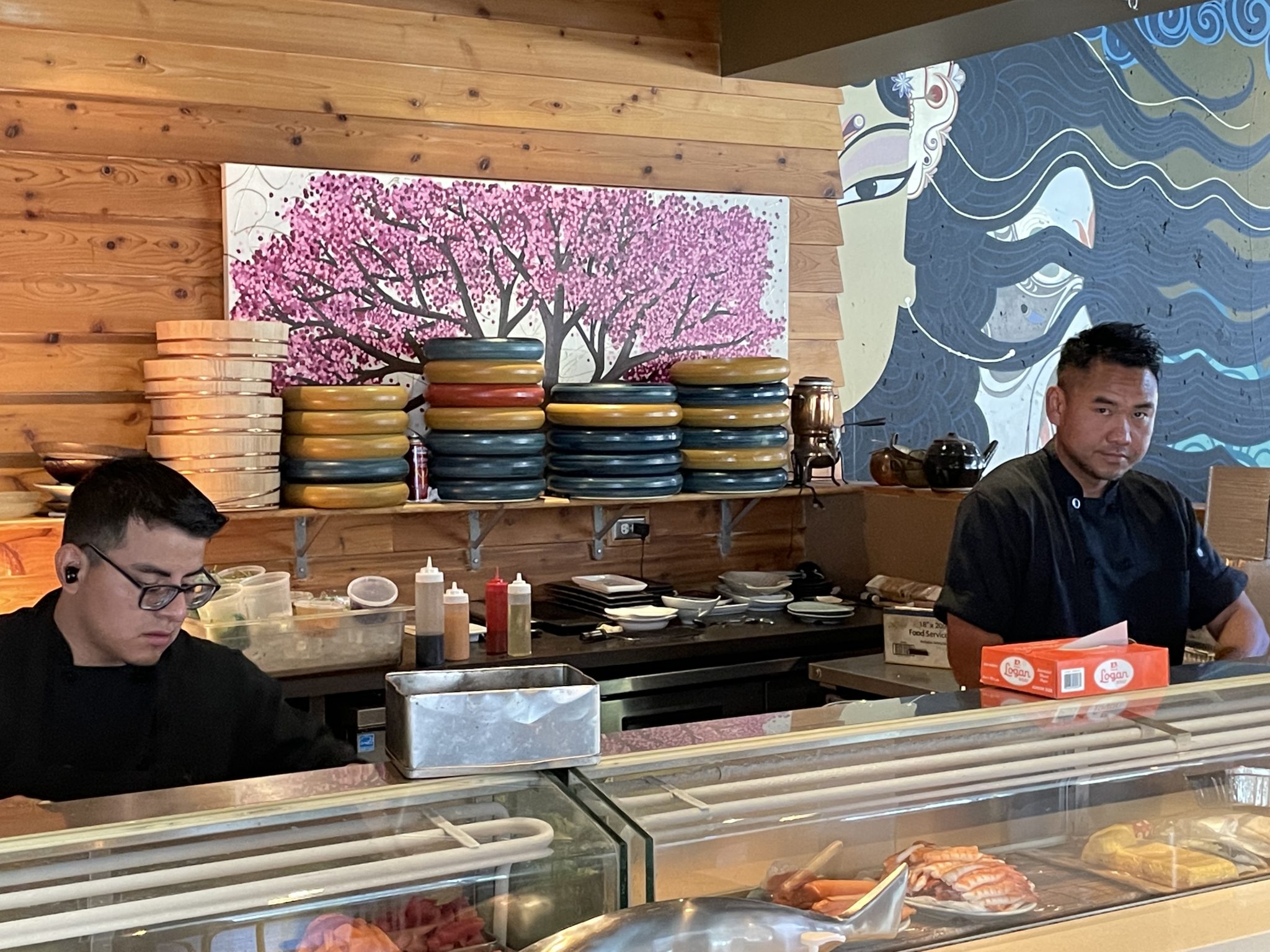
Umai
Across the street is Half Sour at 755 S. Clark. I read about it as it was recommended for its bagel sandwiches, deli dishes and burgers. They also have an extensive beer and cocktail menu My assistant lives around the corner, so I had to go and take her to try it. She loved the cheeseburger and I really enjoyed the lox and bagel. They also have outdoor seating in the summer and live music.
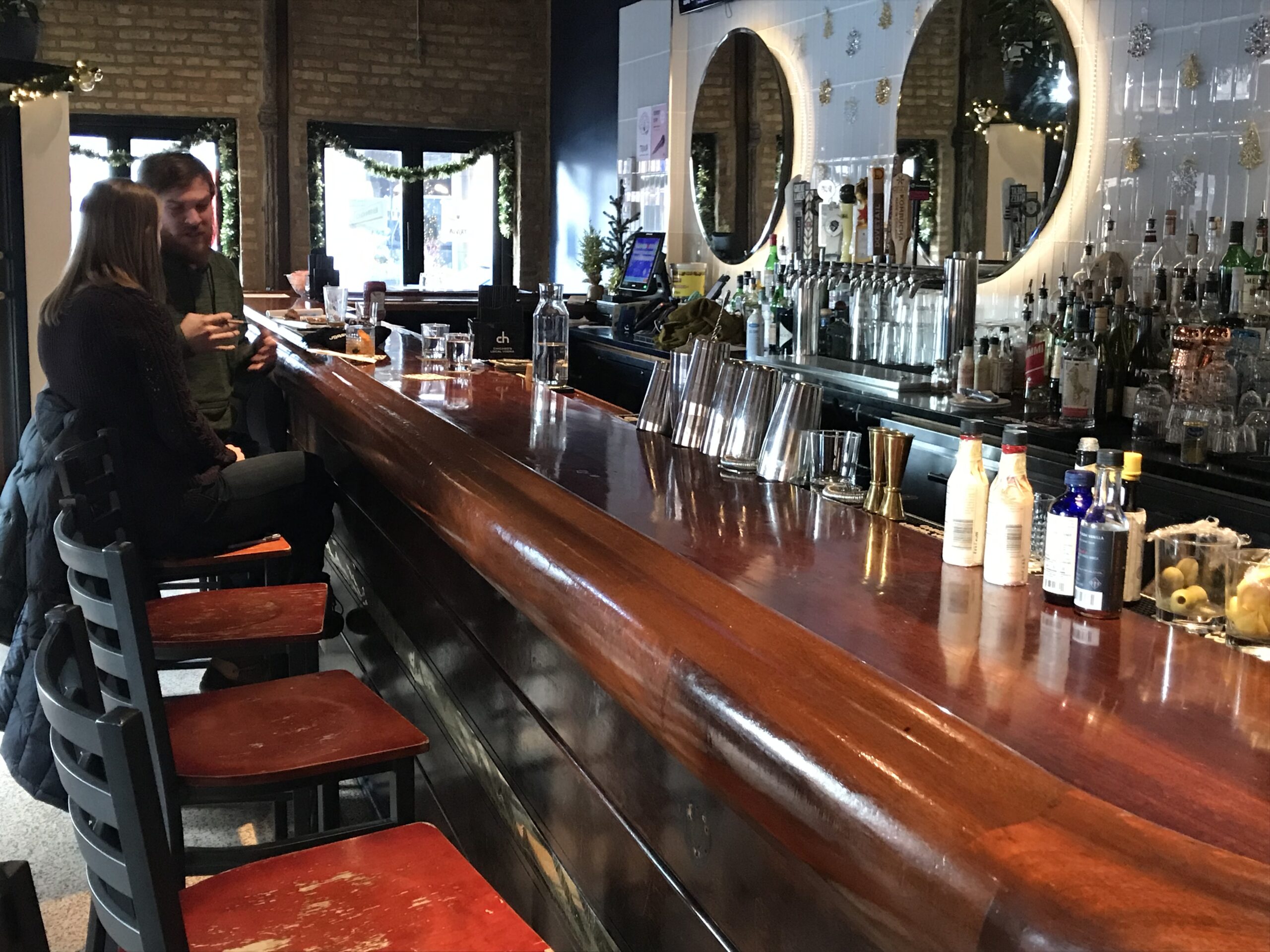
Half Sour
I hope you enjoy the experience as much as I did.
For more travel destinations and recommendations, visit globalphile.com.



